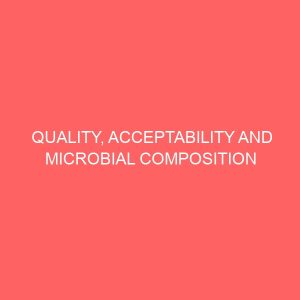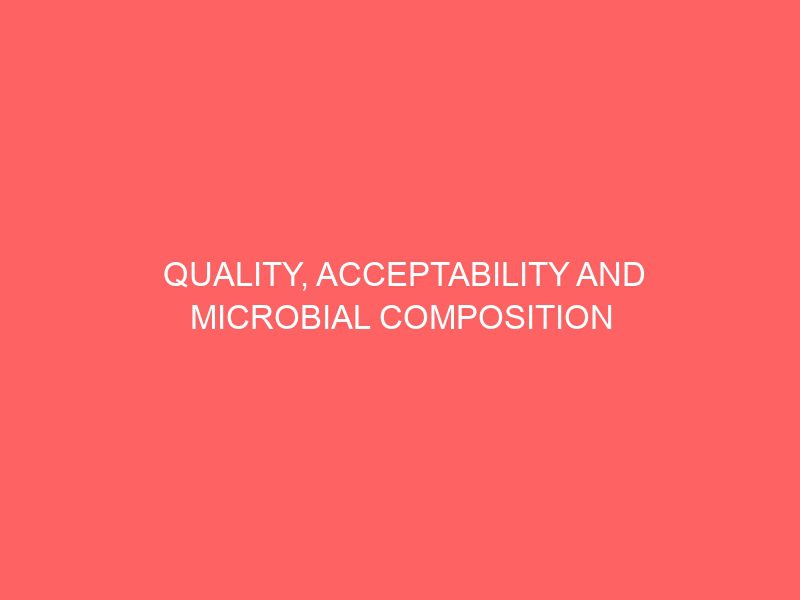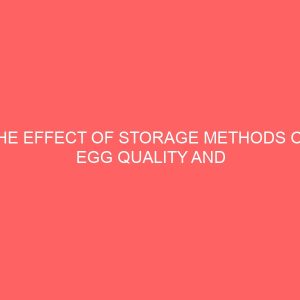Description
CHAPTER ONE
Great emphasis continue to be placed on research into the use of alternative feedstuff for energy sources for livestock production in Nigeria as one of the major problem of ruminant animal production is forage scarcity especially in the dry season.
During the rainy season, forages are relatively available and animals may gain weight easily and remain thrifty. The next six months are always followed by scarcity of forages as a consequence of the dry period resulting in standing hay and low quality feed that eventually culminate in growth retardation of the animal (Babayemi et al., 2003).
Apart from forage scarcity, forage quality is also one of the main problems that affect ruminant feeding in the tropics on which a low nitrogen (N) content and high lignifications have an effect (Medina et al., 2003). All this interferes with their digestibility and therefore with the benefits animal can obtain from them.
However, feed accounts for 70-80% of the total cost of production in Nigeria (Ogunfowora, 1984). This is as a result of the fact that the conventional energy source that has the lion share is being competed for by man, livestock and industries.
To solve the above-mentioned problem, is to search for or identify an alternative energy source such that can meet the nutrient requirement of farm animals less competed for by man and of no industrial usage (Akinmutini, 2004).
Yam peel (Dioscorea rutundata) is one of the various farm wastes that have such potentials (Adeyemo and Borrie, 2002). Yam peel is cheaply available in Nigeria (Akinmutimi et al., 2006). White yam peel consists of 11% crude protein with metabolizable energy of 2604Kcal/g (Akanno, 1998). Dioscorea rutundata peels are rich in amino acid (Eka 1985).
There are several agro industrial by products that are also useful. One which deserves mention here is Brewer’s spent gain (also called spent grains, Brewer’s gain or Draft). It is a by product of beer brewing consisting of the materials that remains after gains have been fermented. (Daccord, 1996). It consist primarily of grain husks, pericarp, and fragments of endosperm. By mass, spent grains consist of about half carbohydrates, and the rest being mostly protein and lignin.
Carbohydrates include traces of starch, cellulose, glucans and arabinoxyland (Beldman et al., 2004). Spent grain is considered to be a good source of degradable proteins and water-soluble vitamins in animal feed they have been used in feeding both ruminant and monogastrics.
Silage feeding is an effective and easily adaptable technique despite its limited application in tropical regions (Babayemi, 2009).
Therefore, this study was designed to determine the acceptability, quality and microbiology of yam peels ensiled with brewer’s spent grain.







